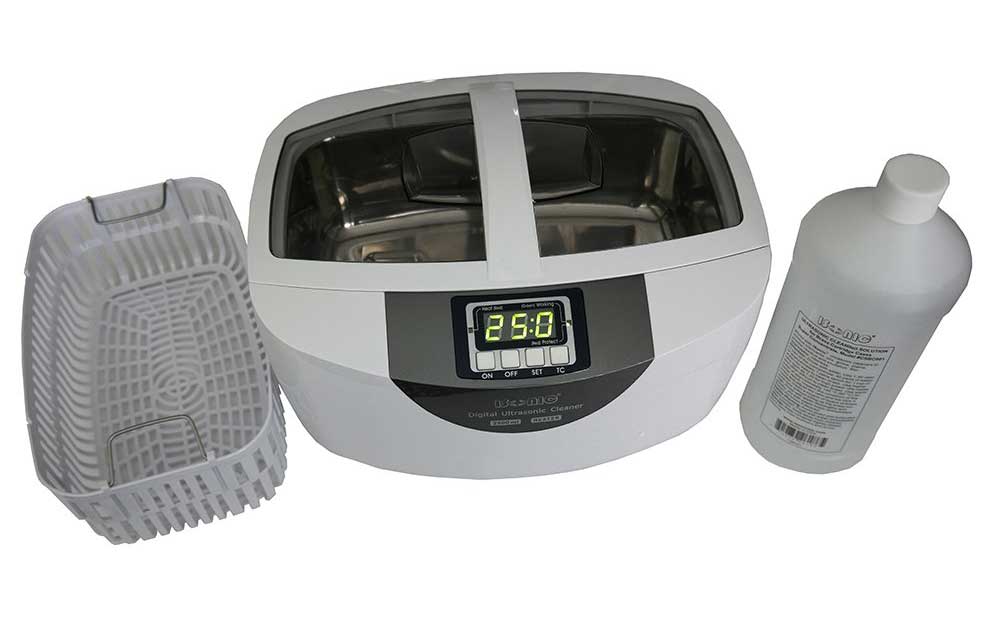
Whether you’re buying new reloading dies from Redding, Foster, Hornady or even Whidden Gunworks, you’ll most likely be required to disassemble their dies.
But how do you actually do it? Do you need a special expert to do it or can you do it yourself?
These are questions that we will answer or at least explore in this article for you to maximize your money in your gunnery or shooting lifestyle.
Let’s find out below all the things to inform you how to clean rusty reloading dies.
This article hopefully saves you money without spending too much effort on it.
The Tools to Prepare

Here are the tools you need to prepare before you start attempting cleaning your reloading dies:
- An empty or preferably a used peanut butter jar, including the lid
- Paint thinner or mineral spirits
- A piece of terry cloth towel
- Compressed air
- Preventative measure for rust protection, but can be optional
The Standard Jar Technique in Cleaning Reloading Dies
- The first step in the cleaning process is to fill your jar first with some clean pain thinner or if you have the alternative, use the mineral spirits.
- Disassemble all the parts that you need to clean, leaving the other parts that you don’t have to.
- All those parts you need to clean should be dropped into the jar.
- Swirl for a few minutes, making sure that all the areas are covered.
- Remove all those parts from the jar using a piece of long-needle nose pliers and then set them down on a towell.
- You can now then wipe off the solvent.
- The parts that are in the crevices should be dried using compressed air.
- Air dry these parts for a few minutes to make sure that all the solvents are removed.
- Reassemble the parts.
- You may now put them to use!
Ultrasonic Method of Cleaning Dies

A good ultrasonic tool, such as an RCBS ultrasonic cleaner, can do a better, faster and more efficient job than using the jar technique. Such method will vary on the brand of the ultrasonic tool you’re using, but for the RCBS method, refer to this video here:
Special Tips in Cleaning the Dies
- You have to clean rust off reloading dies regularly, preferably every after reloading. Cleaning off the inside of their dies from lube, gunk and contaminants to make sure that the die is as clean as it can be.
- When you’re not tumbling or ultra-sounding your cases, regularly cleaning them with the procedure above is also ideal.
- When you clean the dies, you are regularly cleaning them off from carbon residue, too, that shortens their lifespan.
- The ideal routine time to clean your dies would be every after 500 to 1,000 rounds, depending on the cleanliness of your reloading area.
- For better storage or stockpiling of your dies, it is recommended to apply a rust-prevention coating on them, such as light oil. This is especially true if your shot has a humid environment.
- It is also ideal to clean your dies right after you purchased them brand new. Cleaning before beginning to use them makes sure that the sizing dies performs optimally.
For more information about how to clean reloading dies, this is the video guide:
Conclusion
So there you have it: a comprehensive guide on how to clean reloading dies.
As a summary, you have learned here two good methods on cleaning your reloading dies: the Jar method and the Ultrasonic method.
While we haven’t fully explained the cons and pros of each, what’s clear here is that the jar method is simpler and less expensive, while the Ultrasonic one is the more efficient and thorough.
You also got here the step-by-step procedure on how to do the jar method, as well as the special tips to make sure that your dies are at their best, optimal shape.